Small Airways Disease Definition
Small airways disease definition. 2003 by Saunders an. Pathology of small airways disease. Title Diseases of the small airways abstract The term bronchiolitis obliterans has been used differently by clinicians and pathologists and encompasses two distinct morphologic entities.
Miller-Keane Encyclopedia and Dictionary of Medicine Nursing and Allied Health Seventh Edition. 104120123 There is also inflammation in the smaller. The term reactive airway disease originally began to appear in medical literature in the 1980s in reference to asthmatic patients with hyperactive airways which is a common feature of asthma.
Histologische Untersuchungen haben dies eindrucksvoll schon in den 1960er Jahren gezeigt. For the pathologist small airway disease has the same meaning as bronchiolitis a nonspecific term used to describe inflammation of the membranous and respiratory. Chronic bronchitis with irreversible narrowing of the bronchioles and small bronchi with hypoxia and often hypercapnia.
Small airways disease is common in pediatric and adult asthma particularly in those with more severe. An abnormal condition of a part organ or system of an organism resulting from various causes such as infection inflammation environmental. This feature is characterized by increased bronchoconstriction reactions in response to stimuli that should not elicit so strong of response.
Small airways disease A condition in which airway obstruction is attributed to luminal dimension. Die COPD beginnt immer als ein small airways disease. Small Airways spielen eine wichtige Rolle bei der Entstehung von obstruktiven Lungenerkrankungen.
Small airways disease and severe asthma Abstract. Classic bronchiolitis obliterans with intraluminal polyps and constrictive bronchiolitis. Patients with the small airway asthma phenotype are individuals in whom disease is not optimally controlled but who have relatively healthy values for conventional measures of pulmonary function such as forced expiratory volume in 1 s FEV 1 despite a disproportionate amount of.
SAD is largely confined to the small airways or bronchioles 2 mm in diameter initiated by inhaled irritants and is most common in smokers. A chronic cough is usually present and the inability to clear the mucus from the lung structures results in frequent secondary infections and may be associated with emphysema.
For the pathologist small airway disease has the same meaning as bronchiolitis a nonspecific term used to describe inflammation of the membranous and respiratory.
Small Airways spielen eine wichtige Rolle bei der Entstehung von obstruktiven Lungenerkrankungen. Small airways disease has. The term reactive airway disease originally began to appear in medical literature in the 1980s in reference to asthmatic patients with hyperactive airways which is a common feature of asthma. Airways that are more peripheral to the main bronchi and proximal bronchioles 4 th the 14 th generation - arbitrarily considered to be those with an internal diameter of 2 mm 3. 2003 by Saunders an. Classic bronchiolitis obliterans with intraluminal polyps and constrictive bronchiolitis. Small airways disease A condition in which airway obstruction is attributed to luminal dimension. Small airway disease is defined as a pathologic condition in which the small conducting airways are affected either primarily or in addition to alveolar or interstitial lung changes. It is accompanied by inflammation hypersecretion and small airway changes including fibrosis ulceration metaplasia smooth muscle proliferation.
The concept that small conducting airways less than 2 mm in diameter become the major site of airflow obstruction in chronic obstructive pulmonary disease COPD is well established in the scientific literature and the last generation of small conducting airways terminal bronchioles are known to be destroyed in patients with very severe COPD. Small airways disease A condition in which airway obstruction is attributed to luminal dimension. The concept that small conducting airways less than 2 mm in diameter become the major site of airflow obstruction in chronic obstructive pulmonary disease COPD is well established in the scientific literature and the last generation of small conducting airways terminal bronchioles are known to be destroyed in patients with very severe COPD. The major sites of obstruction in chronic obstructive pulmonary disease COPD are small airways. This feature is characterized by increased bronchoconstriction reactions in response to stimuli that should not elicit so strong of response. Small airways disease comprise of a group infectious as well as non-infectious conditions that affect the small airways ie. 118 This takes place at the expense of Clara cells 119 which together with the serous cells of the bronchial glands secrete an airway-specific low-molecular-weight protease inhibitor antileukoprotease which is a potent protective factor against the development of emphysema.

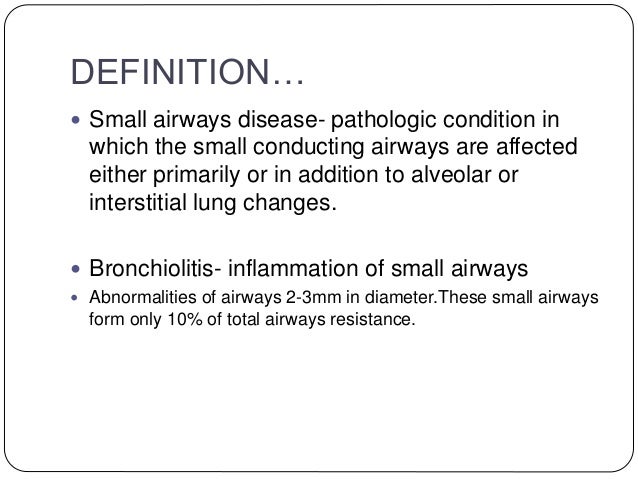


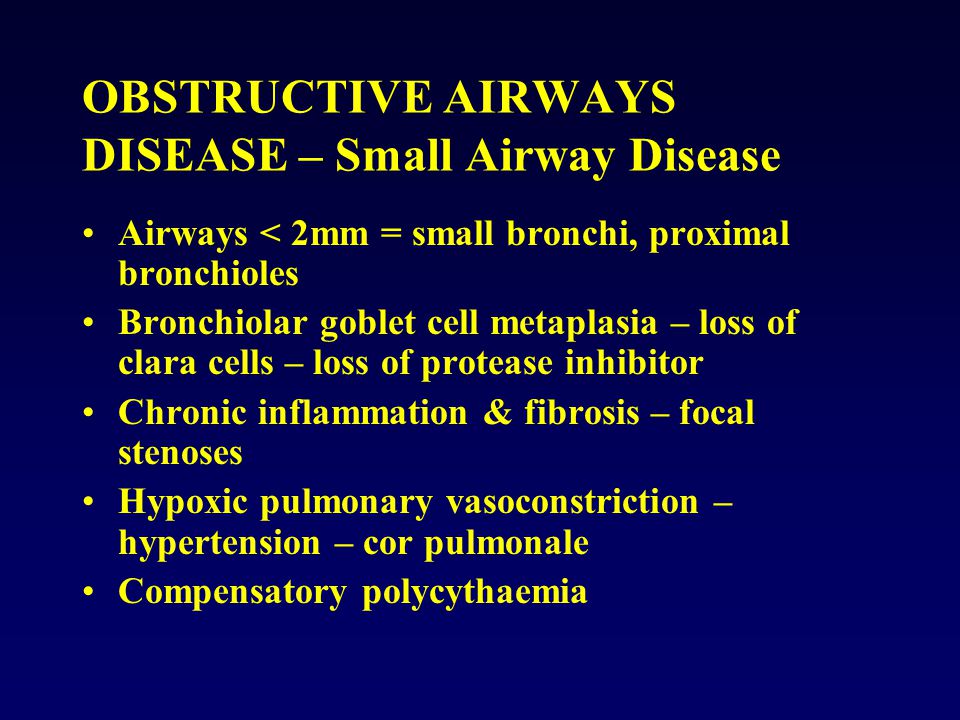

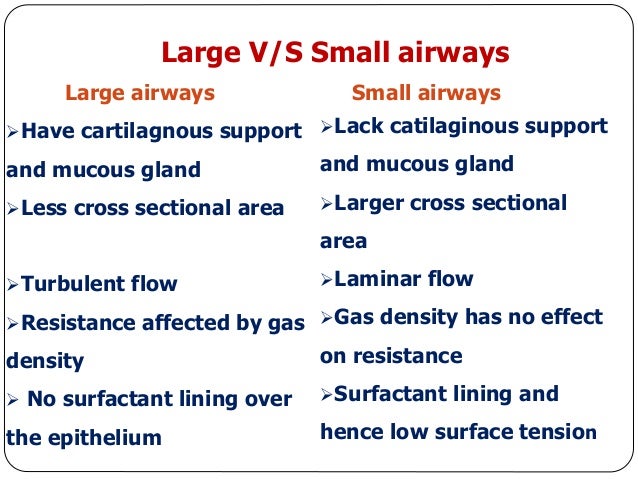


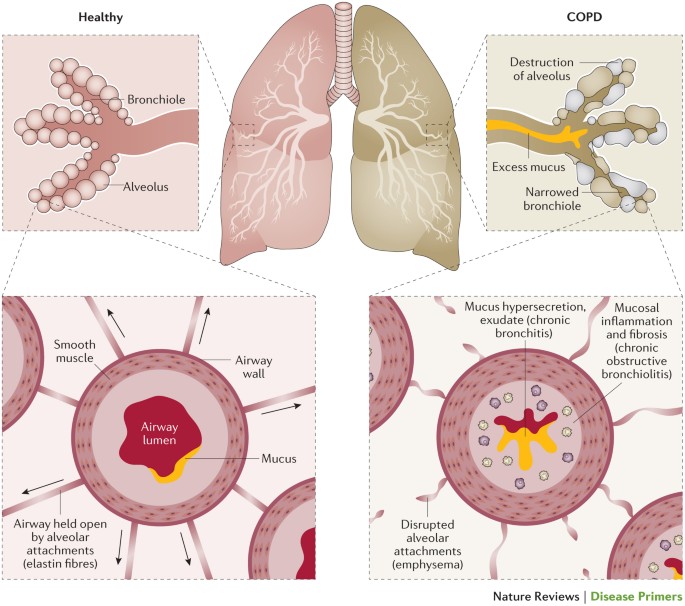



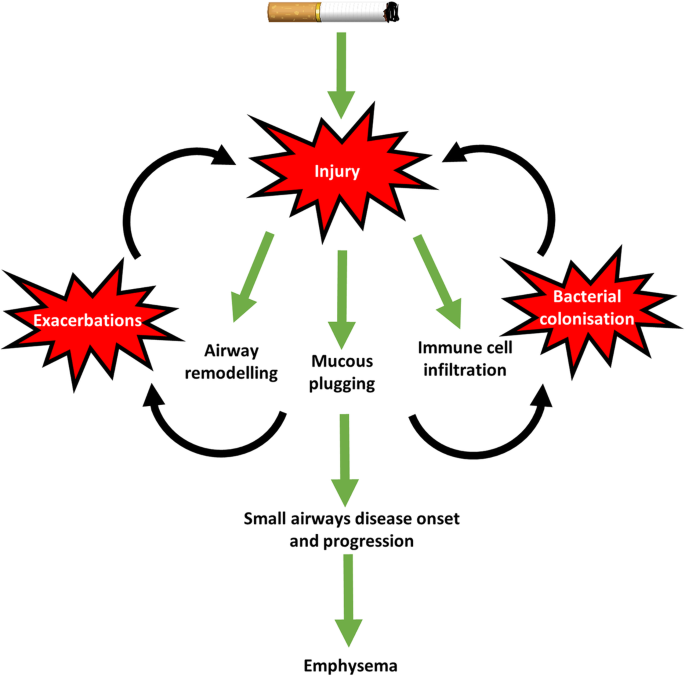
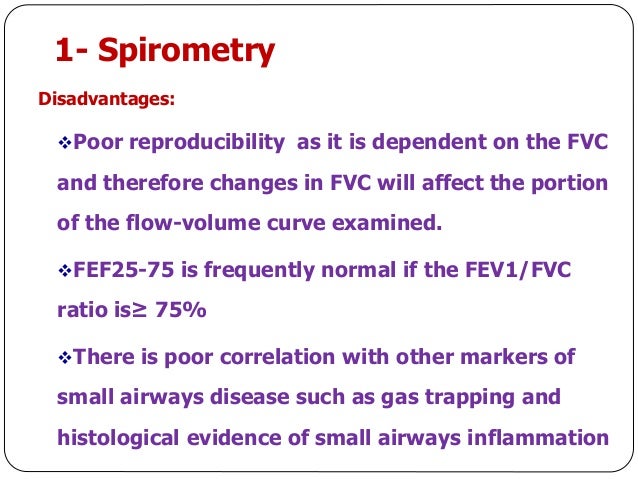




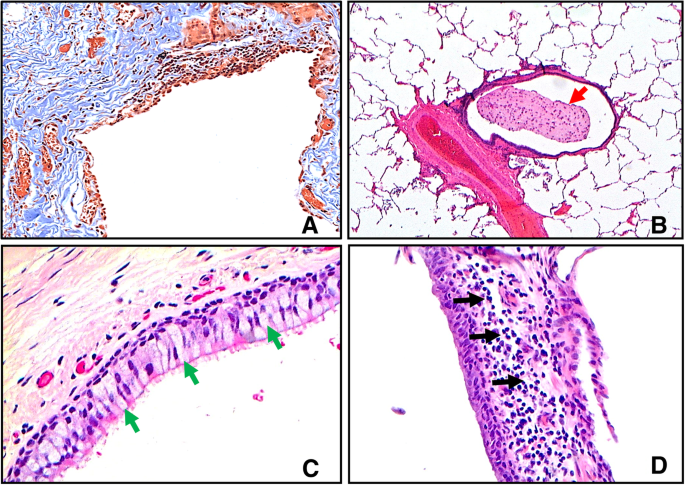








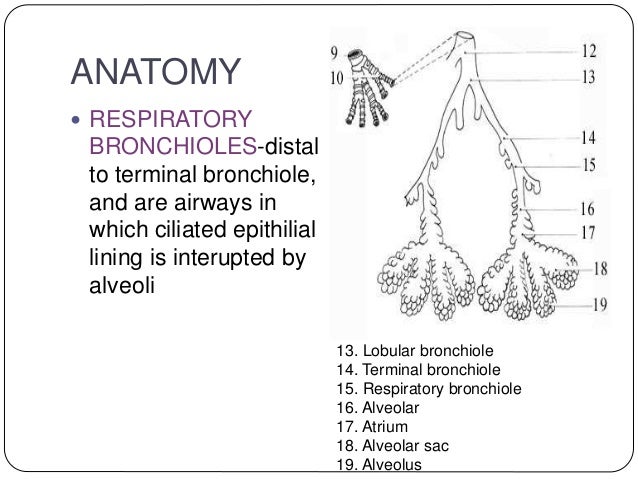

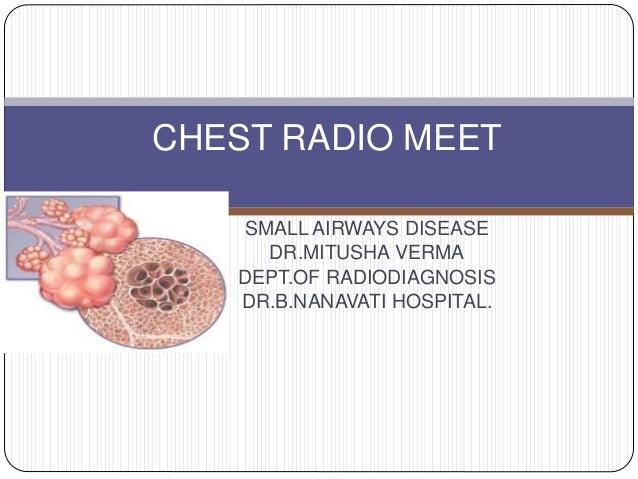


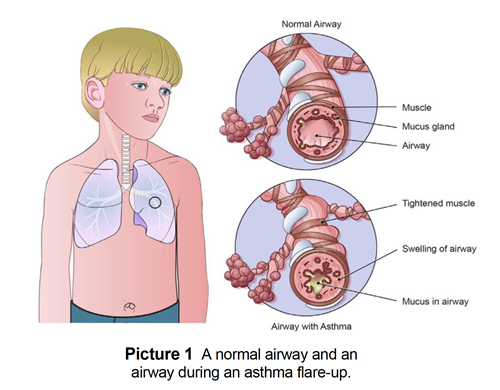



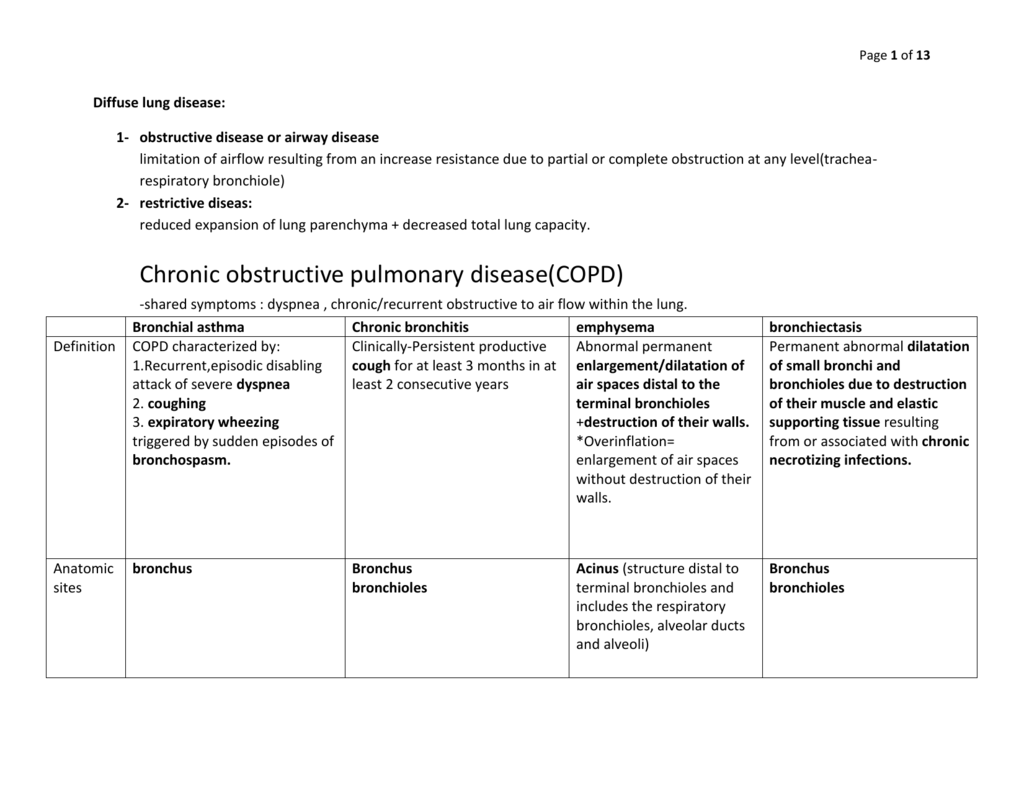
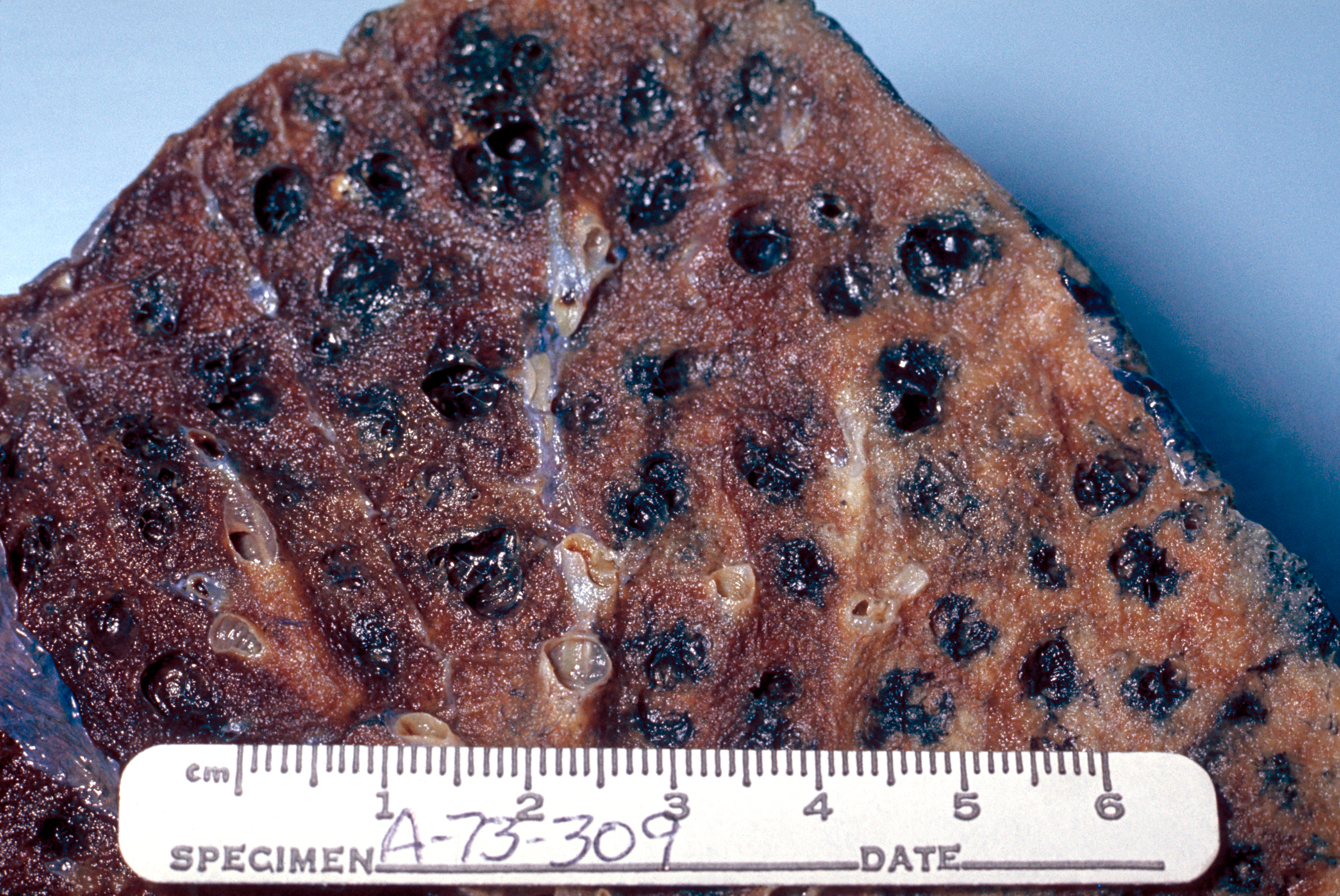




Post a Comment for "Small Airways Disease Definition"